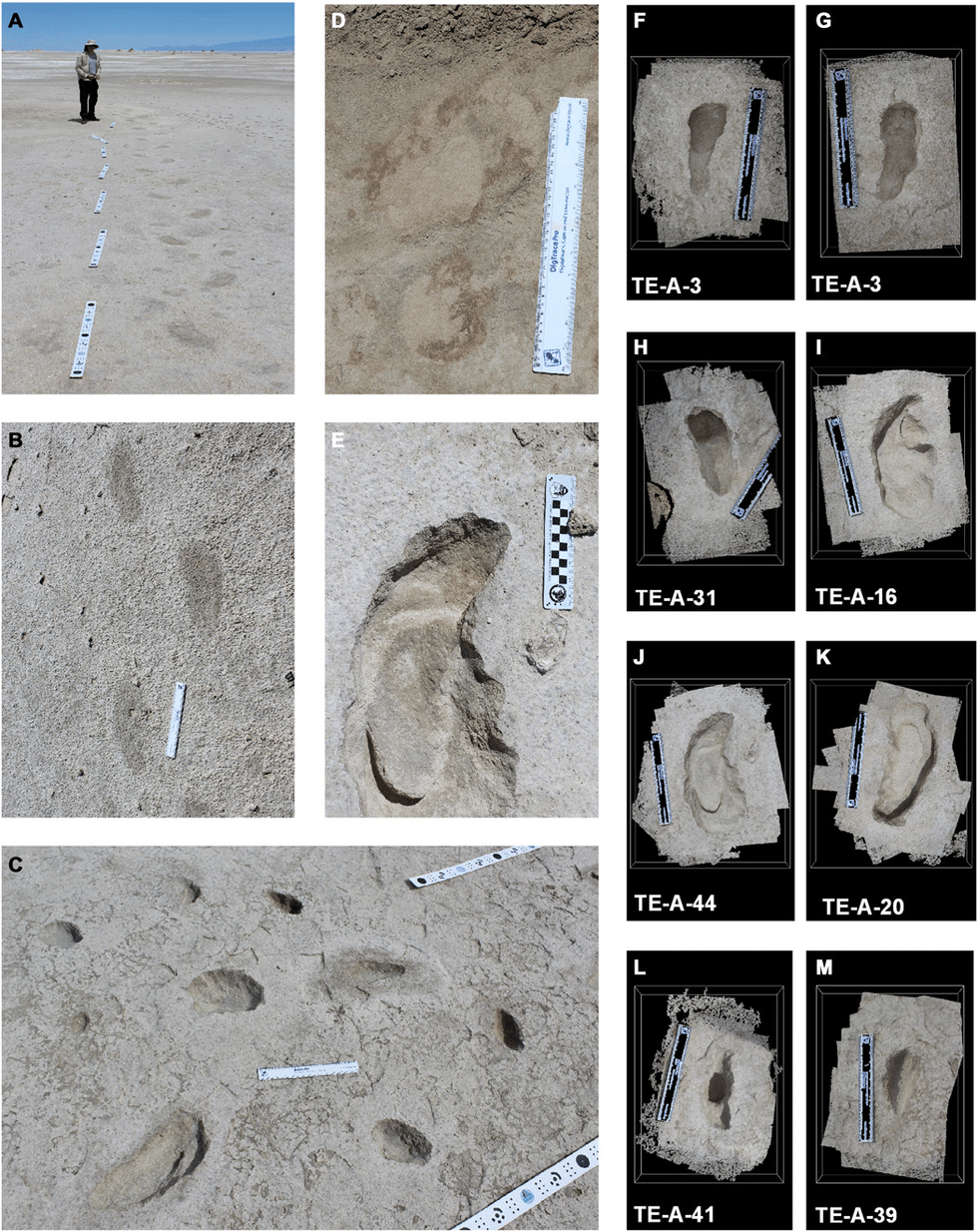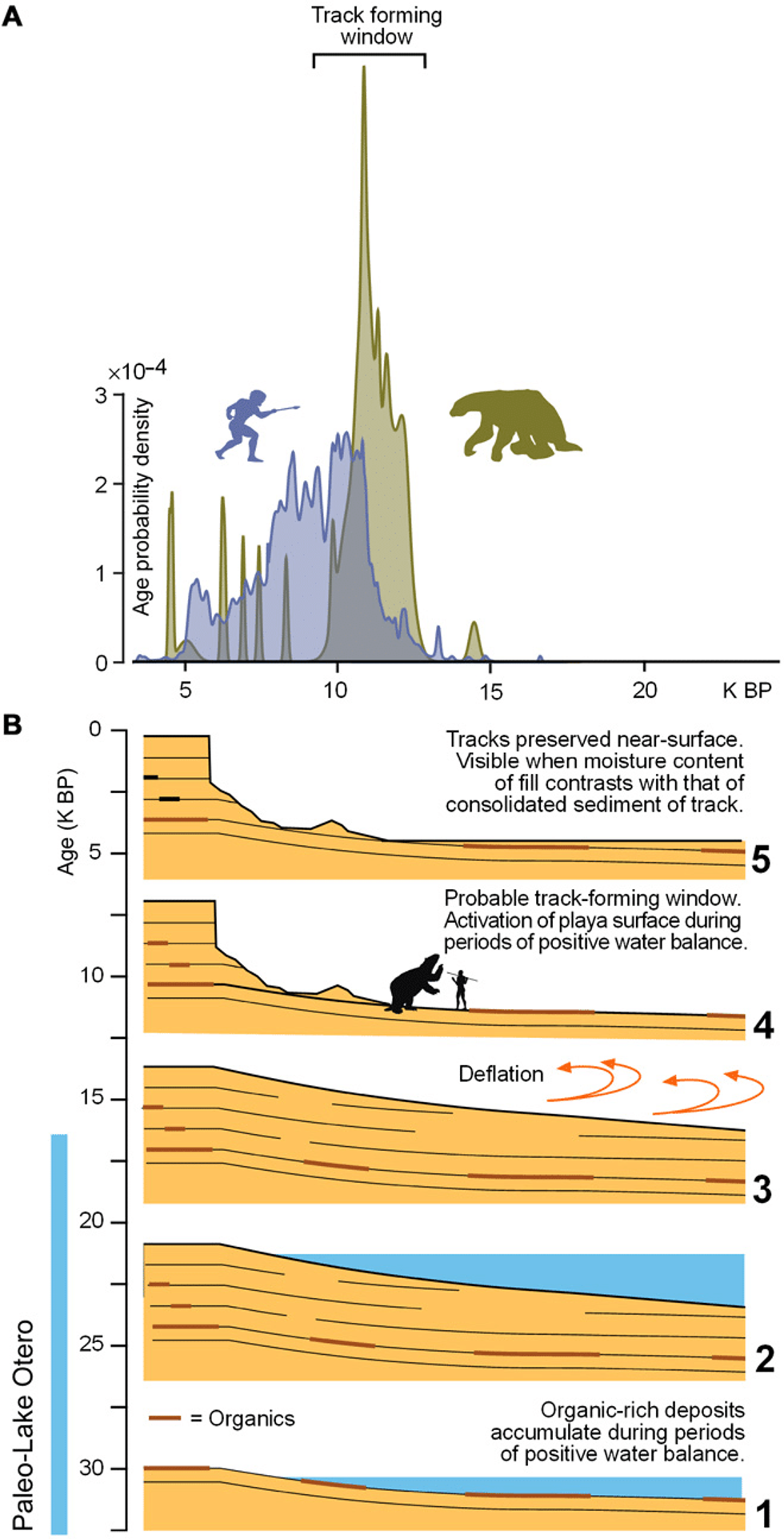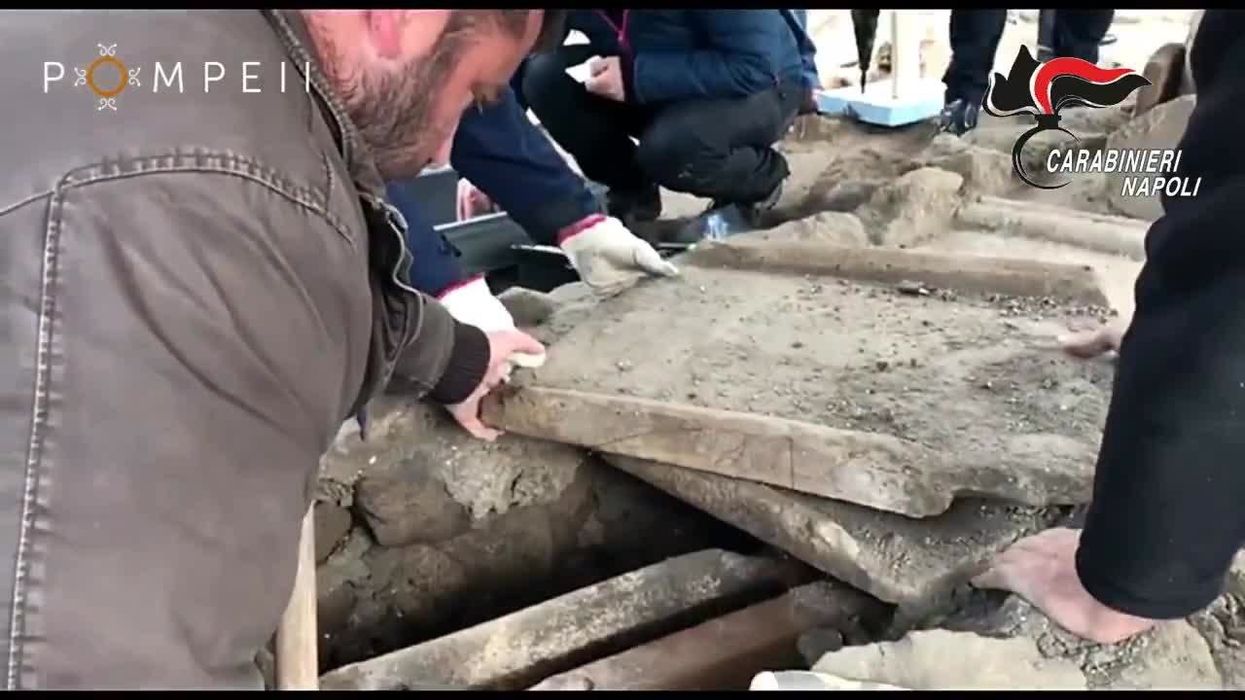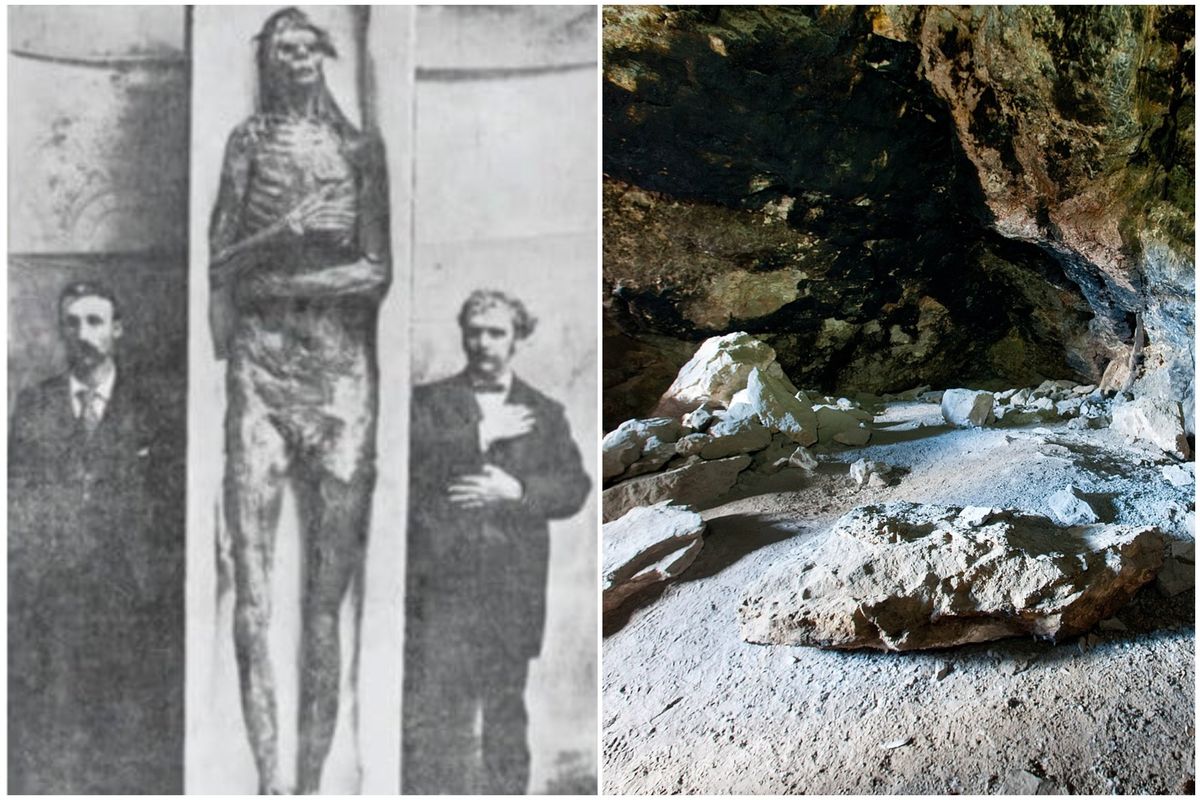Science & Tech
Sinead Butler
Sep 22, 2025
Discovery of ancient horse, revealed by tomb raiders' tunnels under Pompeii
content.jwplatform.com
Huge ancient underground tunnels have been discovered in Brazil and Argentina, and the source of these huge structures is not believed to be due to humans or natural geological processes.
Reaching over 600 meters in length and 1.8 meters in height, over 1,500 of this type of tunnel have been found in the Rio Grande do Sul region in southern Brazil and were initially located by geology professor Heinrich Frank.
Given the sheer size of the burrows, it's not down to humans or the environment - so what is believed to be the cause?
Cause of the tunnels
The primary theory cited in a 2018 study published in Science Advances is that giant extinct ground sloths are responsible for building these tunnels that typically have distinct features, such as big claw scratches, with a parallel layout - something Frank points out.
“There’s no geological process in the world that produces long tunnels with a circular or elliptical cross-section, which branch and rise and fall, with claw marks on the walls,” Frank explained to Discover.
The professor noted he has “seen dozens of caves that have inorganic origins, and in these cases, it’s very clear that digging animals had no role in their creation.”
Natural environmental processes like erosion can be ruled out due to the scope, details and geometry of the tunnels.
With the fingers pointing to giant extinct ground sloths - what do we know about these prehistoric creatures?
Giant prehistoric sloths
Well, the Megatherium or related genera were herbivores which existed around during the Pleistocene epoch (8,000–10,000 years ago) in South America, and size-wise were comparable to elephants. This, combined with their huge claws, meant they could do some serious digging.
Some of these tunnels are so long and complex that it is thought they may have been constructed through different generations to serve as shelters.
Researchers also looked into the sloth's relationship with early humans and found interlacing fossilised footprints of humans and giant sloths, preserved in ancient lakebeds, which were also analysed in the 2018 study.

It is thought that humans would have come into contact with the sloths and probably hunted the animals as the human footprints seemingly follow the sloth track in a stalking pattern, while the sloth's movements were deemed to be defensive.
“It is possible that the behaviour was playful, but human interactions with sloths are probably better interpreted in the context of stalking and/or hunting,” according to researchers.
“Sloths would have been formidable prey. Their strong arms and sharp claws gave them a lethal reach and clear advantage in close-quarter encounters.”

This makes it even more possible that sloths sought shelter underground for defence against threats such as humans hunting them.
Paleburrows and future research
Detecting paleoburrows (which can be mistaken for mine shafts or natural caves) takes a number of tools, such as geological mapping, biological inference, and trace fossil analysis.
As the number of paleoburrows being discovered continues to rise across South America, understanding the ecological role is the next step researchers are seeking to understand the purpose of the tunnels and their impact on the surrounding environment.
New evidence of human and megafauna interactions defies previous notions of what the end of the Ice Age was like, and how the sloth's tunnels can tell us more about their behaviour and ability to adapt, as well as human-animal dynamics during this time period.
Experts will continue to study the tunnels, but just how many are yet to be discovered? The more tunnels found, the more we will learn about these fascinating creatures.
Elsewhere from indy100, Secret underground tunnels found in 4,300-year-old Chinese city, and Bizarre tunnels discovered under Africa leave scientists baffled.
How to join the indy100's free WhatsApp channel
Sign up to our free indy100 weekly newsletter
Have your say in our news democracy. Click the upvote icon at the top of the page to help raise this article through the indy100 rankings.
Top 100
The Conversation (0)














